As she scanned my passport, the teenage Israeli soldier stared through the bulletproof glass that separated us. Looking down at my photo and then up again, she finally waved me through.
On the other side of “The Wall,” taxis waited. I picked one out of a clump and haggled over the fare. (“It’s fucking hard here man” my driver said, as he demanded an exorbitant price. I bargained it down, all the while assuring him that I could see it was “fucking hard” here). He drove me to my hotel, the Paradise.
“Separation”, “apartheid”, “security”—The Wall has many names depending on which side of it  you are on. Whatever one calls it, most would agree on its physical impressiveness: twenty-five feet high, watch towers regularly placed with armed soldiers, and rows of lights to illuminate potential nocturnal “terrorists.” On the Israeli side, the surface appears clean and smooth–like the walls of San Quentin or Folsom prisons. On the Palestinian side, at the edge of the ancient city of Bethlehem, it is covered with political graffiti, testimonial posters, and revolutionary art. In Israel, The Wall speaks of power; in Palestine, of resistance.
you are on. Whatever one calls it, most would agree on its physical impressiveness: twenty-five feet high, watch towers regularly placed with armed soldiers, and rows of lights to illuminate potential nocturnal “terrorists.” On the Israeli side, the surface appears clean and smooth–like the walls of San Quentin or Folsom prisons. On the Palestinian side, at the edge of the ancient city of Bethlehem, it is covered with political graffiti, testimonial posters, and revolutionary art. In Israel, The Wall speaks of power; in Palestine, of resistance.
After I settled in, my taxi driver took me the few blocks from the hotel into the Aida refugee camp. I saw a group of eight teenage boys with rocks in their hands. A Palestinian Authority policeman was  talking to them. The scent of gunpowder was in the air. I looked up and saw a burned-out guard tower. My driver explained that a Palestinian boy had been shot with rubber bullets a few days before by an Israeli Defense Force (IDF) soldier and was now in the hospital. In response,
talking to them. The scent of gunpowder was in the air. I looked up and saw a burned-out guard tower. My driver explained that a Palestinian boy had been shot with rubber bullets a few days before by an Israeli Defense Force (IDF) soldier and was now in the hospital. In response, 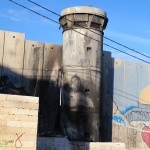 some Palestinians had fire-bombed the tower above. The boys were looking for a place along the wall from which they could safely throw rocks at the Israeli soldiers. This cat and mouse game had been going on for many hours, the lingering gun smoke its residue.
some Palestinians had fire-bombed the tower above. The boys were looking for a place along the wall from which they could safely throw rocks at the Israeli soldiers. This cat and mouse game had been going on for many hours, the lingering gun smoke its residue.
A few days before I had been strolling on a Tel Aviv beach. It was a perfect sunset. Golden clouds hung gently over the Mediterranean. Joggers, baby strolling parents, and lovers of every persuasion were savoring the warm winter 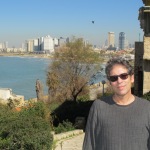 breeze. Earlier that afternoon I’d walked through the city, enjoying the city’s cafes and Bauhaus architecture, and the beautiful faces of khaki-clad Israeli soldiers; young men and women carrying Uzis in the thick of bustling rush hour crowds.
breeze. Earlier that afternoon I’d walked through the city, enjoying the city’s cafes and Bauhaus architecture, and the beautiful faces of khaki-clad Israeli soldiers; young men and women carrying Uzis in the thick of bustling rush hour crowds.
From Tel Aviv I took a 45 minute taxi ride to Jerusalem where I wandered the ancient winding streets. I went to the Western Wall and watched bar mitzvah after bar mitzvah; young men in full temple regalia, led by marching bands, followed by proud  mothers and fathers, all joyously singing the praises of the “One and Only Lord Our God” and celebrating their return to the “promised land.” Nearby, Muslim prayers blasted from minarets overlooking Al Aksa Mosque and the Dome of the Rock, while kneeling pilgrims in the Church of the Holy Sepulchre wept at the Station of the Cross where Jesus was crucified and Roman soldiers gambled for his clothing.
mothers and fathers, all joyously singing the praises of the “One and Only Lord Our God” and celebrating their return to the “promised land.” Nearby, Muslim prayers blasted from minarets overlooking Al Aksa Mosque and the Dome of the Rock, while kneeling pilgrims in the Church of the Holy Sepulchre wept at the Station of the Cross where Jesus was crucified and Roman soldiers gambled for his clothing.
On the West Bank I traveled to places I’d read about in Hebrew 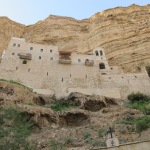 school–and in today’s newspapers. I walked through desert canyons to 5th century monasteries built into cliffs where monks still live in tiny cells and pray in silence. In Ramallah I visited Arafat’s tomb. And in Hebron I passed by pimply-faced IDF soldiers guarding the Tomb of the Patriarchs—the biblical burial site of Abraham, Sarah, Isaac, and Leah–and through the cobblestone alleyways of the Muslim quarter, where a thick wire roofing had to be installed to catch the garbage thrown down by Jewish settlers living above the markets where Arab shopkeepers sold freshly butchered meat and olive oil soap. I saw barriers erected to separate the walking areas of Israelis and Palestinians and a wall spray painted with the words “Gas the Arabs!”
school–and in today’s newspapers. I walked through desert canyons to 5th century monasteries built into cliffs where monks still live in tiny cells and pray in silence. In Ramallah I visited Arafat’s tomb. And in Hebron I passed by pimply-faced IDF soldiers guarding the Tomb of the Patriarchs—the biblical burial site of Abraham, Sarah, Isaac, and Leah–and through the cobblestone alleyways of the Muslim quarter, where a thick wire roofing had to be installed to catch the garbage thrown down by Jewish settlers living above the markets where Arab shopkeepers sold freshly butchered meat and olive oil soap. I saw barriers erected to separate the walking areas of Israelis and Palestinians and a wall spray painted with the words “Gas the Arabs!”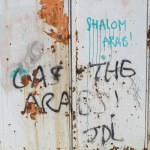
Israel is a sad and beautiful place. From the lush fields of Galilee to the fig palm groves of the Jordan Valley–and the desert where both Jesus and Abraham spoke with God–the magnificence of creation calls out. At the same time, driving on roads through the occupied territories, I passed bright red signs that warned of the mortal danger facing Israelis who enter Palestinian areas. I 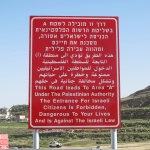 was rarely out of sight of The Wall. Like a raised scar snaking through the Holy Land, it cast an ominous shadow.
was rarely out of sight of The Wall. Like a raised scar snaking through the Holy Land, it cast an ominous shadow.
My travel agent in Bethlehem had arranged a visit to one of the settlements that had sprouted in the West Bank since the 1967 war. I wanted to understand why these fellow Jews had come, at great risk, to live in this internationally contested area.
Ardie, the settlement representative, met me and Iyad, my Palestinian guide, outside the compound gates and drove us through the guarded entrance. I was a little nervous, having heard and read so much about these outposts, home to “extremist” settlers. We entered what appeared to be a lovely suburban community, complete with a recreation center, a shopping mall, and a synagogue. There were rows of Mediterranean homes with perfectly manicured lawns and views of Jerusalem in the distance.
We sat in Ardie’s living room. He was an affable, familiar figure; someone I might have grown up with back in Queens. He had come to Israel from Chicago to make aliya, the traditional “ascent” to the Jewish homeland, in 1982, and had lived in this settlement since 1985. He had grown up a secular Jew but had become orthodox over time and was happy to be living in this troubled, but sacred landscape.
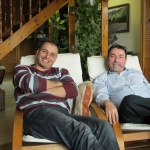 As we sipped tea, I watched Iyad squirm while Ardie described Palestinians as foreigners in the West Bank; how they needed to submit to the “fair’ laws of a democratic Israel; how lucky they were to be living in the only democracy in the region. Ardie referred to the West Bank territories as “Samaria and Judea”, the Biblical names for the land; never as Palestine. He claimed he wanted to live peacefully, but separately, from his Arab neighbors.
As we sipped tea, I watched Iyad squirm while Ardie described Palestinians as foreigners in the West Bank; how they needed to submit to the “fair’ laws of a democratic Israel; how lucky they were to be living in the only democracy in the region. Ardie referred to the West Bank territories as “Samaria and Judea”, the Biblical names for the land; never as Palestine. He claimed he wanted to live peacefully, but separately, from his Arab neighbors.
But it seemed to me that every word he spoke just inflamed old open wounds. I thought about the pain of dispossession that Iyad must have felt; and about the barbed wire and armed soldier we had passed to get into the settlement. I imagined the hate and the fear and the suffering of those living in and outside of those fences. I wondered if this place was a fortress or a prison; and if healing was possible in a world of such separation.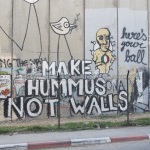
Dr. Ricky Fishman has been a San Francisco based Chiropractor since 1986. In addition he has led educational tours to many parts of the world since 1989. He will be taking a group to Israel and Palestine in February, 2015. The trip will be an exploration of both sides of The Wall, with the group moving between Israel and the West Bank. If interested please email him at [email protected] for more information
Copyright 2013 Ricky Fishman
[email protected] www.rickyfishman.com
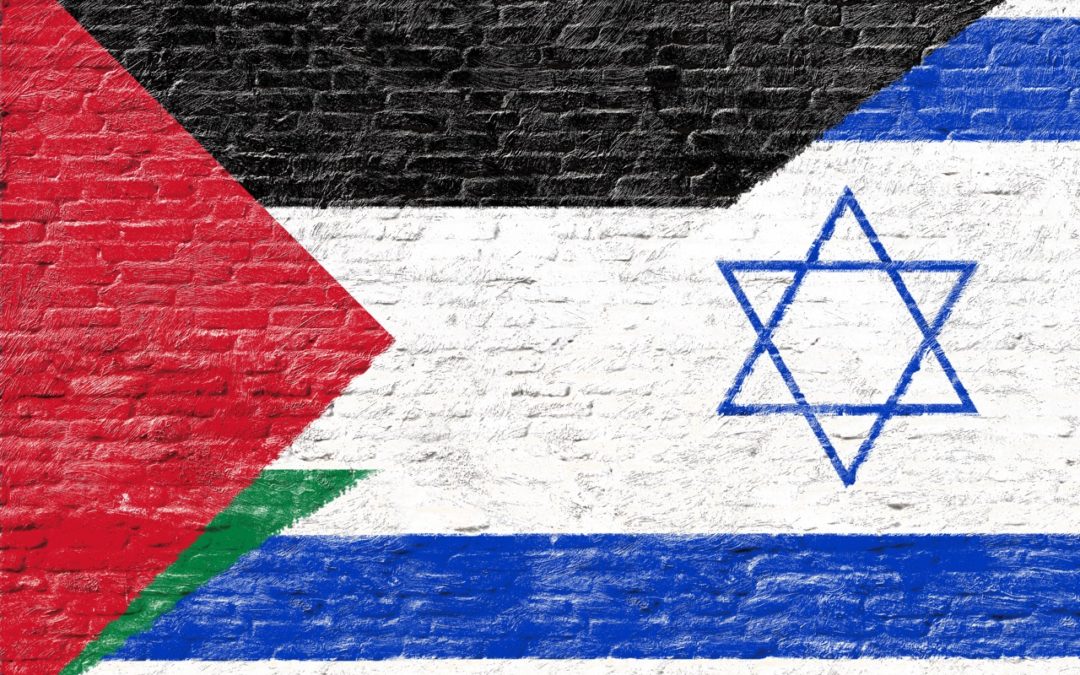
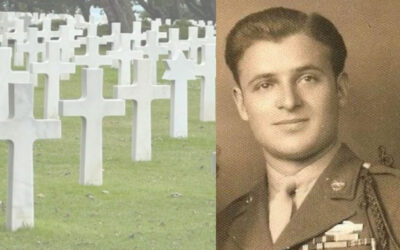

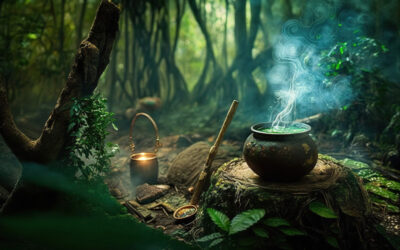



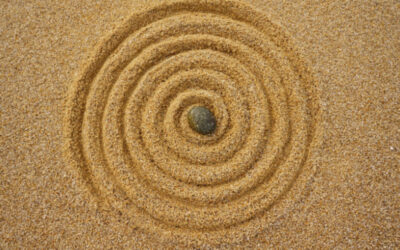
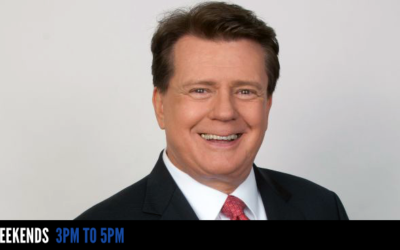
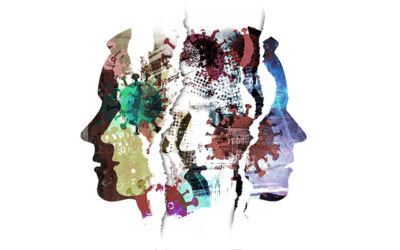

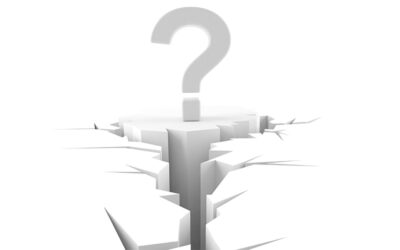

Wow! I have to tell you. I was touched, moved, inspired and relieved that your voice and point of view overlaps so much with mine. You sensed and pointed out some of the places that need changing urgently.
My greatest passion point is the lack of visionary leadership as well as decades continued inept leadership, not only in Israel and the USA, but everywhere else in the world. The Palestinians may be the most misunderstood, misrepresented, devalued and disregarded people on the planet. They may also be the most raging one, which is totally understandable. They’re referred to and thought of as ‘Arabs’ (as opposed to Palestinians), and Palestinians and ‘terrorists’ are often spoken of interchangeably. For whatever the reasons, their pain and situation don’t matter. There seems to be some kind of collusion to deny their existence. They have been and continue to be humiliated, violated and live as if imprisoned in inferior conditions and are reminded of this everyday by their captors. The several million population of Palestinians are also bearing the weight of the multi-generational pile-up of pain, that may have already found its way to their genes by now. As you pointed out, only a 25 foot wall with soldiers all along its many watchtowers stand between these two separate worlds — Israelis and the Palestinians. They are “next-door neighbors,” except that one neighbor is far more powerful and aggressive than the other and assumes dictatorship of the terms for how this conflict gets worked out and the living conditions in the meanwhile. rather than doing anything, anything at all, that is conciliatory and extends good will and equality. Israeli government policies and actions have only fueled the fire that is already raging there, a fire that they may have set in the first place.
Daniel (An American Jew from Brooklyn living in Marin County)
Daniel thanks so much for your comments. When I wrote this piece I was trying hard not to express a point of view but rather to have my observations speak to each reader. The situation in Israel and the West Bank is a very complicated one that many people have been trying to unravel for a long time. I am glad you will be coming on the trip in January so you can see for yourself the different sides and the many nuances. We will meet settlers and Israeli activists, Knesset members, Palestinians, both Christian and Muslim, and just “regular Israelis and Palestinians. I think it is only through going there and being there with those directly involved in this complex situation that we can begin to understand and work toward solutions. But Israel and the West Bank are amazing places and not just defined by the political. The landscape, the culture, the people, the history…Amazing!
You lament the “separation” of the Palestinian and Jewish communities but a lot of what you write about seems to me to confirm that it is necessary. I don’t love Israel’s wall, but it has been very effective in its intended purpose of stopping suicide bombers from entering Israel. Although it’s less extreme, I’m sure the Palestinians appreciate the wire roofing you describe that prevents their Jewish settler neighbors from throwing garbage on them. I don’t think that either community (i.e. the settlers and the West Bank Palestinians) is much interested in “healing” or neighborly co-existence. Isn’t the obvious solution the removal of most of the Israeli settlements and a continuation of security measures that prevent terrorism on the Israeli side of the Green Line?
To David:
I first want to say that my intention in writing this piece was to report on what I observed in as dispassionate a manner as possible without commenting on what I thought was right or wrong. That being said, I agree with you that the wall has been effective in reducing the number of suicide bombers coming into Israel although I think the extent of its effectiveness is often over stated. The problem is that the wall has not been built along the Green Line but instead is snaking through the West Bank, cutting communities in half and making life all the more unbearable for the indigenous population. If the settlements were pulled back and the wall built along the line it would be a huge step forward in a peace process that has completely stalled. There is nothing implicitly wrong with a wall (after all we have one along our border with Mexico) but I think the Israeli government is making its agenda fairly clear which is the ultimate annexation of the territory by increasing settlements and settlers in the West Bank as well as tacitly approving the additional construction of illegal settlements. And this has been the case through every Israeli administration with the largest increase interestingly coming during Barak’s time. I absolutely support Israel’s right to exist, and it is essential that it’s neighbors acknowledge this right as well, but Israel’s unilateral actions in the West Bank will only make the future more insecure and dangerous and Israel more isolated. I believe we are essentially in agreement. But ultimately, the power to change the “situation” is in the hands of Israel.
Ricky thanks for another interesting piece. Your writing makes me want to go back to Israel, in fact the last time I was there was before the first Intafada in the 1980’s. I pray for peace between our two peoples who if we look into the religious aspect of Jews and Muslims really believe in the same Old Testament and its teachings. Lets hope for a more peaceful future for all
To Lyn,
I am glad the piece has inspired you to return to Israel. My guess is that you will find a very different place, especially if you wander into the West Bank. And I would say that the similarity between Jewish Israeli’s and Palestinians is even more than their belief in the same Abrahamic traditions. I would say that they share quite a bit of genetic material and would even go so far as to say that there are many of Palestinian descent who have more “Jewish” blood than many of the Jews (especially Ashkenazi) who live there. If you are interested in this, see “Invention of the Jewish People” by Shlomo Sand and the “Invention of the Land of Israel” by the same author. Thanks for commenting.
Excellent piece Ricky – well written and illustrates an objective view. It is very sad to witness such division and hatred develop between these people, especially when history has proven they can peacefully coexist as long as there is respect and equality. It is pointless to think “might makes right” and that an oppressed people will eventually surrender. Unfortunately, the politicians do not want to commit political suicide by acknowledging the elephant in the room. Looking forward to more of your writings.
Daniel: You exaggerate when you say, “the Palestinians may be the most misunderstood, misrepresented, devalued and disregarded people on the planet.” Disregarded? The UN Human Rights Council pays pretty good attention while ignoring virtually every single other occupied group in the world. You don’t see academic and other boycotts of almost any other country even those whose records of oppression are far worse.
To David: I agree with you that Daniel’s characterization of the Palestinians as “the most misunderstood, misrepresented…people on the planet” is exaggerated. I also agree that the attention the Israeli-Palestinian issue gets a disproportionate amount of global scrutiny. But aren’t there many reasons for this scrutiny, not least of which it is that the conflict sits in the center of the oil rich middle east and that the founding of the State of Israel was fraught from the beginning? A problem I see is that it is so easy for Jews (especially) to fall back on the antisemitism argument which diverts us from looking squarely at the responsibility of all parties concerned. Alan Dershowitz does this famously. I know you did not say this, but it feels like it is lingering as subtext. And I, as an American Jew raised in the shadow of the Holocaust, know how easy it is to go there.